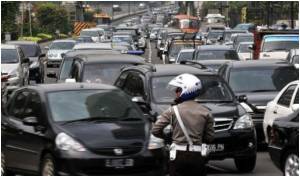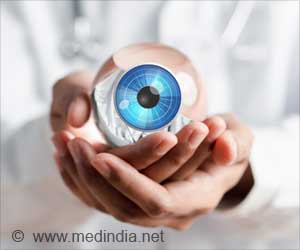
The technology, to be developed by experts in computer science, urban planning, atmospheric sciences and environmental health sciences at both universities, aims to enhance and integrate traffic management ideas now being implemented by metropolitan transportation agencies.
They will recommend alternate routes to drivers through on-board navigation devices. The technology could also offer drivers incentives to follow different routes that balance overall flow and temper pollution hot-spots.
“We expect our work to be particularly relevant to New York City and Los Angeles, where traffic congestion is the major pollution factor and increasing walkability is desired,” said Mario Gerla, a professor of computer science at the UCLA Henry Samueli School of Engineering and Applied Science and principal investigator on the $1.94 million collaborative grant. “For the first time, thanks to wireless technology, we can close the loop between centralized traffic management, on-board navigators and drivers. This is our chance to bring congestion and pollution under control and make our cities livable again.”
“Existing solutions for traffic management are largely disconnected,” said Liviu Iftode, a professor of computer science at Rutgers’ School of Arts and Sciences. “We not only have to make smarter systems, such as traffic lights that sense and respond to traffic flow and on-board navigators that receive information about delays, we also need to make it possible for them to share information directly so they can immediately react to changing conditions.”
Iftode, also a principal investigator on the grant, said the research is both a computer science challenge (collecting and sharing data over Wi-Fi or 3G wireless networks between thousands of sensors and vehicles) and a modeling problem (analyzing air pollution and traffic flow profiles for real-time traffic control).
Advertisement
“For these technologies to be adopted, they would need to be unobtrusive for the driver,” Iftode said, particularly when it comes to proposing routes that charge premiums or offer credits to control congestion and pollution. “Drivers should be allowed to set upper bounds for the congestion-pollution fees they are willing to pay in advance, then on-board navigators can offer shortest-time routes that fit their budget.”
Advertisement
Joining them on the project are computer science professor Badri Nath of Rutgers and research scientist Giovanni Pau of UCLA Engineering. Also participating from UCLA are atmospheric sciences professor Suzanne Paulson, urban planning professor Brian Taylor and environmental health sciences professor Arthur Winer.
Source-Medindia







